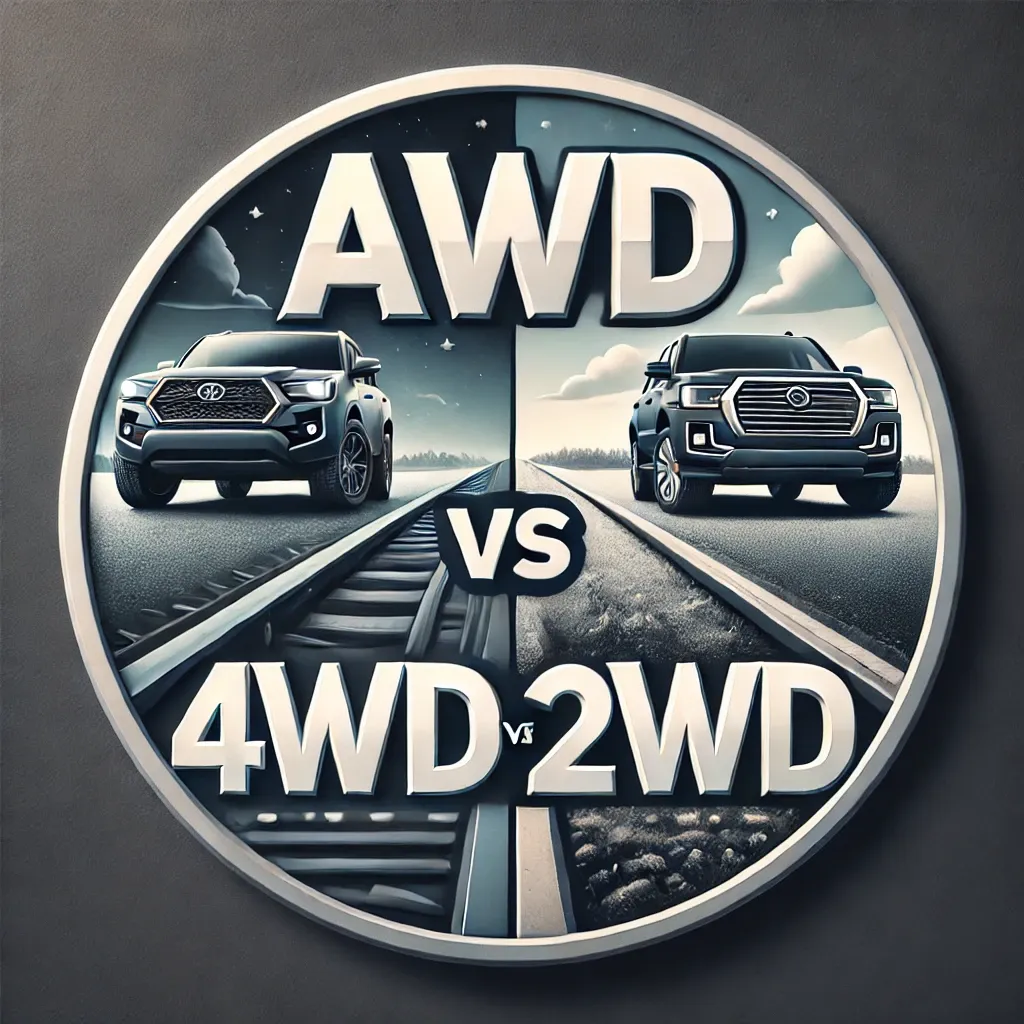Introduction: Understanding Transmissions and Choosing the Right One
When buying a car, understanding the drivetrain is crucial—it directly affects your vehicle’s performance, fuel efficiency, and handling. Transmissions like All-Wheel Drive (AWD), Four-Wheel Drive (4WD), and Two-Wheel Drive (2WD) cater to different terrains and driving styles. Choosing the right one depends on where you’ll drive and what you expect from your car.
Here’s a breakdown of how these drivetrains work and which suits Indian driving conditions.
How Transmissions Work: A Primer
At the heart of every drivetrain lies the differential—a gear system responsible for transmitting engine power to the wheels while allowing them to rotate at different speeds. This is especially important during turns, where inner and outer wheels move at varying rates. The differential adapts the engine’s torque, balancing power for optimal control.
1. Two-Wheel Drive (2WD):
• Power is sent to either the front (FWD) or rear wheels (RWD).
• FWD vehicles are more common in India, offering better traction and fuel efficiency for city roads.
2. Four-Wheel Drive (4WD):
• Distributes power equally to all four wheels, making it ideal for off-road adventures.
• Typically found in rugged SUVs and off-roaders.
3. All-Wheel Drive (AWD):
• Automatically adjusts power distribution between wheels based on traction needs.
• Provides enhanced stability and control in mixed driving conditions.
AWD, 4WD, and 2WD: Impacts on Driving Experience
2WD
Advantage: Affordable, lightweight, efficient
Limitations: Struggles in poor traction conditions
Best For: City and highway driving
4WD
Advantage: Superior off-road performance
Limitations: Expensive, heavier, less fuel-efficient
Best For: Off-road and rugged terrains
AWD
Advantage: Versatile, seamless traction control
Limitations: Complex and costlier maintenance
Best For: Mixed road conditions and bad weather
How the Differential Works in Each Transmission
1. 2WD: A single differential (front or rear) splits power to two wheels, prioritizing simplicity and efficiency.
2. 4WD: Equipped with front, rear, and a central differential (or transfer case). In 4WD mode, power is evenly split, ensuring all wheels move with equal force, perfect for challenging terrains.
3. AWD: Features multiple advanced differentials (often electronic) to dynamically shift torque between wheels, ensuring smooth handling in varying conditions.
Popular Cars with These Drivetrains in India
2WD Leaders:
• Maruti Suzuki Swift (FWD)
• Hyundai Creta (FWD)
• Tata Nexon (FWD)
These models dominate city roads due to their practicality and efficiency.
4WD Icons:
• Mahindra Thar
• Toyota Fortuner
• Force Gurkha
Perfect for off-road enthusiasts exploring India’s rugged landscapes.
AWD Innovators:
• Mahindra XUV700
• Volvo XC40
• Audi Q5
Catering to premium buyers who demand versatility and safety.
How to Choose the Right Drivetrain for Your Needs
1. For City Commuters:Opt for a 2WD car. It’s fuel-efficient, affordable, and perfect for daily urban travel.
2. For Off-Road Enthusiasts:A 4WD vehicle will handle steep inclines, muddy roads, and rough terrain effortlessly.
3. For Mixed Usage:If you drive in varying weather or terrains, AWD provides the best balance of performance and stability.
Closing Thoughts
Choosing the right drivetrain is all about matching your car’s capabilities with your lifestyle. With India’s diverse driving conditions—from congested city roads to hilly terrains—understanding these systems can help you make an informed decision.
Whether you’re eyeing a city-friendly hatchback or a rugged off-roader, knowing how AWD, 4WD, and 2WD differ will ensure you drive away in a car that truly fits your needs.































